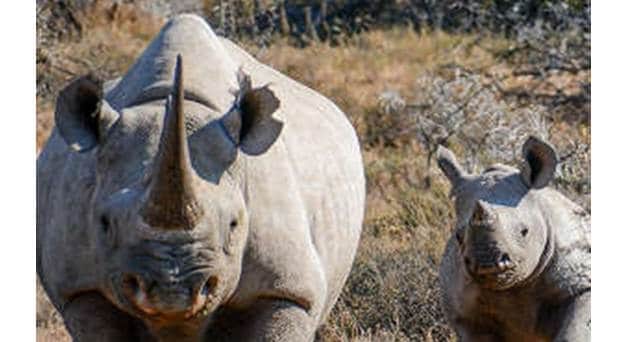MTN Group and IBM will harness IBM's IoT technology to create an innovative solution that can help fight to save endangered animal species as part of the MTN Connected Wildlife Solution.
The partnership will also leverage a new predictive capability stems from research performed by Wageningen University, one of the top ranked university in the Netherlands.
The solution will initially help predict threats and combat the poaching of endangered rhinos at Welgevonden Game Reserve in South Africa, with the intent to expand the solution to other reserves in future.
Today South Africa is home to more than 70 percent of the world's remaining rhino population. Conservationists are battling to protect the dwindling number of these iconic animals that are being killed for their highly-prized horns*. Over the past decade, more than 7,000 rhinos were killed across the African continent and in 2016, 1,054 were reported killed in South Africa alone.
According to research conducted on Welgevonden Game Reserve, prey-animals in the wild react in different ways, depending on the type of threat they encounter and the perceived danger from predators such as lion and leopard or the presence of people in the vicinity.
Protecting the rhinos begins with fitting collars containing custom sensors onto prey-animals including zebra, wildebeest, eland and impala, which will transmit data about their behavior to the IoT platform.
The data collected from the LoRa sensors is communicated via the LoRa WAN Network Server (LRSC - Long Range Signal & Control) and backhauled over the MTN 3G/4G network.
Through the platform, the solution collects animal location information, movement, direction and average speed of travel, along with other data. The data is used by Wageningen University to create approximately 20 rule-based patterns based on the animals’ response to threats. As a result, animals such as zebra will act as sentinels with their response patterns becoming an early warning system to protect the rhinos.
The predictive nature of this solution takes away the reliance on game reserve teams to be in the right place at the right time, or to respond to events, such as the distant sound of gunfire; and the teams can take proactive action that keeps rhinos safe.
Hamilton Ratshefola, Country General Manager, IBM South Africa
The Internet of Things is changing the way we live and work, and we are finding new applications for IBM’s IoT technologies in businesses across the spectrum. Now we're helping curb rhino poaching and preserve endangered species on the African continent.
Mariana Kruger, GM, MTN Business
With the solution designed for Welgevonden, MTN, along with our partners, can better predict and anticipate potential poaching activity. This allows the ranger to take pre-emptive action before any threat happens.




















